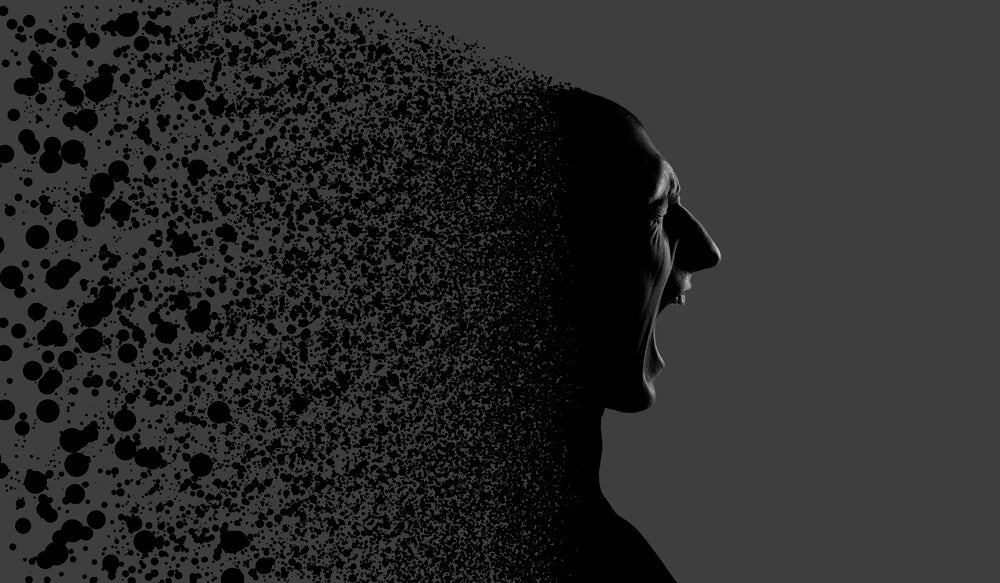Masochistic personality disorder was proposed as a new personality disorder in 1987, and it was defined that it should be included in the then current Diagnostic and Statistical Manual of Mental Disorders, DSM-III-R. After lengthy discussions in the working group, the name of this disorder was changed.
Thus, it was renamed a self-destructive personality disorder, which was done not to associate the condition with the psychoanalytic concepts of female masochism and ended up being included in the DSM-III-R in the section for “Diagnostic proposals categories that require further studies?(Fiester, 1991).
- In 1994.
- Disorder was completely eliminated from the ranking by social and political pressures; of course.
- This measure did not eliminate the large number of people suffering from and suffering from this problem.
- But unfortunately it served to reduce the volume of research conducted that could shed more light on the subject.
The concept of masochism originates from the descriptions of Kraft-Ebbing of the nineteenth century, who described the behavior of some people seeking sexual pleasure by undergoing physical pain caused by another person with dominant behaviors, later Freud and other psychoanalysts described a pattern of submissive and non-sexual behavior, which became known as mental masochism.
People with this style of personality put the needs of others before their own, i. e. they place less emphasis on their needs than on those of others.
What gives meaning to a person’s life is that it is given to another person, even leaving the staff to do something for someone, he does not seek any satisfaction. It is simply satisfying for them to direct their efforts to improve the lives of others. The authors Oldham and Morris (1995) propose a number of characteristics that define the self-destructive person. Then we’ll see them.
The essential characteristic of masochistic personality disorder is said to be a pathological pattern of self-destructive behavior. In addition, the other characteristics of these people are as follows:
These people can often avoid or reject pleasant experiences, they often get carried away and find themselves in situations or relationships where they will suffer and will not allow others to help.
Masochistic or self-destructive personality disorder is characterized by the following diagnostic criteria according to DSM-III-R:
A) A generalized pattern of self-destructive behavior, which begins in early adulthood and is present in a wide variety of contexts, the person can often avoid or escape pleasant experiences, be attracted to situations or relationships that make him suffer and prevent others. to help them, as indicated by at least five of the following:
B) Top-notch behaviors do not occur exclusively in response and/or in anticipation of physical, sexual or psychological abuse.
C) Behaviors A do not occur only when the person is depressed
As we can see, people with masochistic personality disorder have a strange tendency to get hurt, accumulating problems and frustrations, the intervention that requires this problem is not easy, resistance to treatment, due to the need to submit to others with these defeatist schemes. , means that psychological intervention in this case takes time to produce progress.
Editorial note: In this article we use the word riots to facilitate writing and understanding, it is true that today masochistic personality disorder is no longer objectively predicted in the diagnostic manuals, so it has a controversial clinical identity, being very strict in this regard In any case, we can still talk about the problems of this disorder that is no longer recognized as personal problems of certain clinical subjects.

